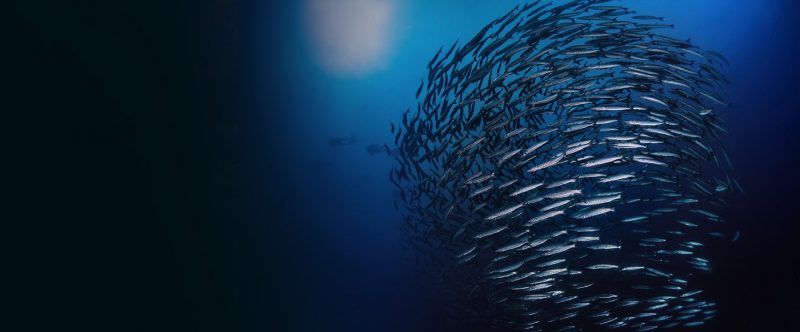Unleashing the potential of sustainable aquaculture
The expected growth in demand for fish and fish products needs to be largely met from aquaculture. – United Nations FAO report
By SeaWestNews
Genetic improvements in aquaculture will significantly boost the world’s sustainable food supply for future generations, states a new report from the Food and Agriculture Organization (FAO) of the United Nations.
However, aquaculture is lagging far behind terrestrial agriculture – both crops and livestock – in terms of the characterisation, domestication and improvement of its genetic resources for food production.
The report concludes that we have the opportunity to significantly enhance sustainable aquaculture production through the strategic management and development of some of the more than 550 species currently used in aquaculture.
According to the report, we are still largely farming wild fish, with 45 percent of cultured species being little different from their wild counterparts.
The ‘State of the World’s Aquatic Genetic Resources for Food and Agriculture’ is the first-ever global report of its kind and is based on information provided by 92 countries, together representing 96 percent of global aquaculture production and over 80 percent of capture fisheries production.
According to FAO, a growing human population is expected to drive an increase in fish consumption of approximately 1.2 percent per annum over the next decade. Production of fish and fish products is estimated to reach over 200 million tonnes by 2030.
Given that production from the world’s capture fisheries has stabilised at about 90-95 million tonnes per annum, with nearly a third of marine fish stocks being overfished, there is little scope for additional production in the foreseeable future except through loss and waste and efficiencies management.
The expected growth in demand for fish and fish products therefore needs to be largely met from aquaculture. In this context, the responsible and sustainable use of aquatic genetic resources will be essential to fulfill this role.
Numerous technologies are available to improve aquatic genetic resources with FAO recommending a focus on well-designed, long-term selective breeding programmes, which can increase productivity of aquatic species by 10 percent per generation.
“I strongly welcome this report which is the fruit of a multi-year, country-driven process of data collection and analysis,” said FAO Director-General Qu Dongyu.
“It highlights the pressures that a growing demand for fish and fish products will place on farmed species, their wild relatives, and the habitats they depend on, as well as the opportunities for sustainable growth. This is why it is crucial that we safeguard, manage and further develop the planet’s aquatic genetic resources, allowing organisms to grow, to adapt to natural and human-induced impacts such as climate change, to resist diseases and parasites, and to continue to evolve to help achieve the Sustainable Development Goals and our continued fight for a Zero Hunger world.” –
Image courtesy of NOAA
To read the full report go here

